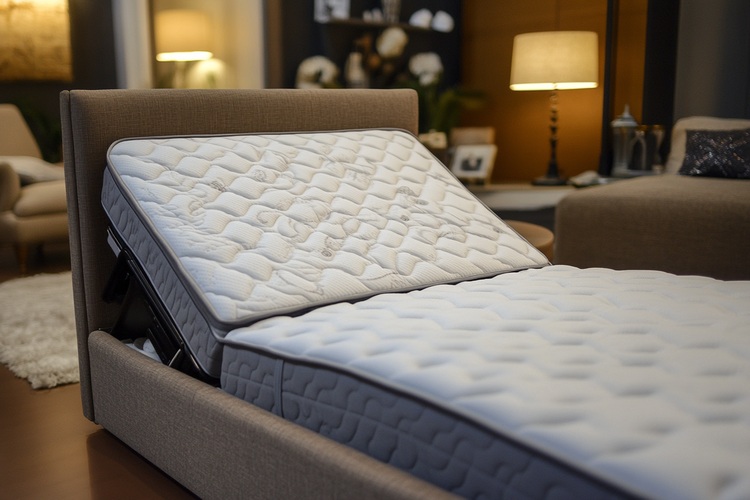Adjustable Bed Guide for Seniors and Bedroom Use
An adjustable bed can change how people rest, recover, and use their bedroom. Designed to tilt the head, feet, or both, these beds can address comfort needs, reduce pressure on certain body parts, and make getting in and out of bed easier. For seniors and elderly users, an adjustable bed often intersects with mobility, pain management, and safety considerations. This article explains how adjustable beds work, what to look for when selecting one, and practical tips for using one safely in a bedroom setting.

This article is for informational purposes only and should not be considered medical advice. Please consult a qualified healthcare professional for personalized guidance and treatment.
How does an adjustable bed work?
An adjustable bed uses motorized sections to raise or lower portions of the mattress platform. Common configurations include independent head and foot adjustments, and some models offer preset positions like zero-gravity or anti-snore. Controls are typically wired or wireless remotes, and advanced models include smartphone apps, massage functions, and memory presets. The mattress type matters: many adjustable frames require flexible mattresses such as memory foam, latex, or specially designed hybrid mattresses that bend without damage. For users, smooth, quiet motors and simple controls are important for daily usability.
What benefits for seniors and elderly?
Seniors and elderly users may see practical benefits from an adjustable bed. Elevating the head can ease breathing and reduce snoring, while raising the legs can help circulation and reduce swelling. For people with arthritis, back pain, or recovery needs, adjusting position can reduce pressure on painful joints and make transfers easier. Improved posture in bed also supports activities like reading, watching TV, or eating without slumping. While many users notice increased comfort and independence, the specific health effects vary by individual and should be discussed with a healthcare provider.
Choosing the right bed for the bedroom
Selecting an adjustable bed for a bedroom involves space planning and compatibility checks. Measure the room and doorways to ensure the frame and mattress can be delivered and fitted. Consider headboard compatibility—some frames accommodate standard headboards, while others require adapters. Noise level, power requirements, and cord placement affect bedroom layout. Aesthetics matter too: low-profile frames and furniture-style bases can help an adjustable bed blend with existing décor. Also think about mattress thickness and flexibility to ensure the bed surface conforms smoothly when adjusted.
Features to look for in an adjustable bed
When evaluating adjustable beds, prioritize features that match daily needs. Essential items include reliable motors with adequate lifting capacity, intuitive controls, and good build quality. Additional helpful features for seniors include adjustable height settings, preset positions, and USB ports on the frame. Safety-oriented features such as battery backup for power outages and obstruction-sensing motors can reduce risk. If the bed will be used for medical needs, look for options that provide side rails or compatibility with patient-handles. Warranty terms and accessible customer support are practical considerations for long-term use.
Safety and setup tips for elderly users
Safe setup and use are important for elderly users. Position the bed so there is clear floor space for walking aids and a bedside surface within reach. Install non-slip flooring or rugs nearby and ensure lighting is adequate for nighttime movement. Test the remote and practice common adjustments while seated on the bed to reduce the chance of muscle strain. If assistance is needed, consider an occupational therapist or local services in your area to advise on transfer techniques and whether additional accessories—like bed rails or lift assists—are appropriate. Regular maintenance, like checking fasteners and keeping the mechanism clean, helps prevent malfunctions.
Conclusion
Adjustable beds can offer meaningful benefits in comfort, mobility, and bedroom functionality for seniors and elderly users, but the right choice depends on personal needs, bedroom layout, and medical considerations. Focus on mattress compatibility, motor reliability, and safety features when comparing options. Consulting with healthcare professionals and local services can clarify whether an adjustable bed fits specific mobility or health needs. With thoughtful selection and correct setup, an adjustable bed can become a practical part of a bedroom environment that supports better rest and daily independence.






